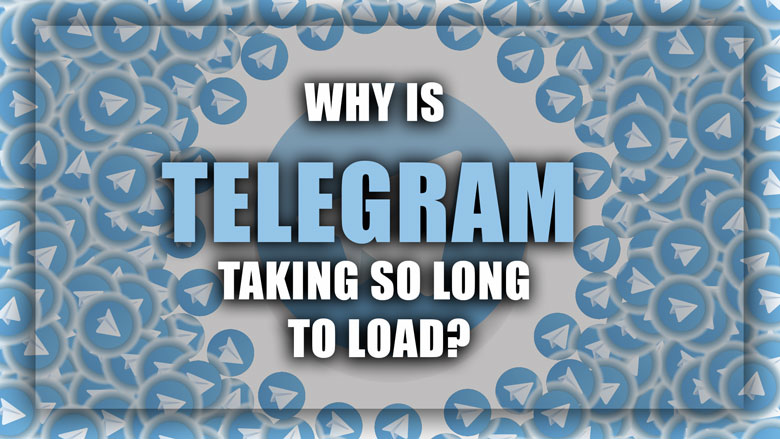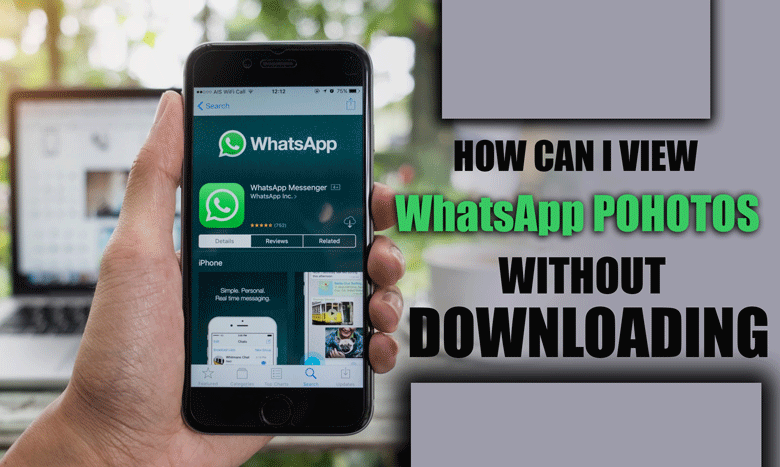Why is Telegram Taking So Long to Load?

In today’s fast-paced digital world, waiting for an app to load can be frustrating and time-consuming.
Telegram, a popular messaging app, has been the subject of many complaints about its slow loading times.
Many users have questioned why Telegram is taking so long to load; some have even abandoned the app in favor of faster alternatives.
This essay will explore why Telegram is experiencing slow loading times, exploring factors such as the app’s server infrastructure and user base.
We will also give you tips and tricks to enhance your Telegram loading time.
+ 2 Reasons why Telegram is taking so long to load? (Tips & Solutions)
Telegram’s slow loading times have been a persistent issue for many users, prompting frustration and dissatisfaction.
To understand the underlying causes of these delays, it is important to examine the various factors contributing to Telegram’s performance issues.
This section will explore some of the most common reasons why Telegram is taking so long to load:

1. Issues with caching & resource management
Issues with caching and resource management are among the most common causes of slow loading times in apps like Telegram.
Caching refers to the temporary storage of frequently accessed data, which can help to speed up app performance by reducing the need for repeated data retrieval.
However, if the caching system is not properly managed, it can lead to data consistency and performance issues.
To manage your catching system, follow the below steps:
· Review & optimize caching settings
Review the caching settings in Telegram’s configuration and ensure that they are optimized for efficient data retrieval.
Consider adjusting the caching duration or frequency of updates to improve data consistency and performance.
· Monitor & manage system resources.
Monitor the system resources that Telegram is using, such as memory and CPU utilization.
Consider optimizing the resource allocation and usage to ensure that Telegram has access to the resources it needs to operate efficiently.
· Implement caching & resource management best practices.
Follow best caching and resource management practices, such as using a cache invalidation mechanism and prioritizing critical system resources.
· Use content delivery networks (CDNs)
Consider using a CDN to deliver users static content, such as images and videos.
· Test & optimize loading times
Regularly test and optimize Telegram’s loading times using tools such as Google PageSpeed Insights or Pingdom.
2. Problems with Network Latency & Connection Stability
Problems with network latency and connection stability can also contribute to slow loading times in Telegram.
Network latency refers to the delay in data transmission over a network, which can be caused by network congestion, distance, and packet loss.
On the other hand, connection stability refers to the reliability and consistency of the network connection between the user’s device and Telegram’s servers.
If there are issues with network latency or connection stability, it can result in slower data transmission and increased loading times.

Here are how to fix this issue:
· Diagnose the issue
Use network monitoring tools to diagnose any issues with network latency or connection stability.
This may involve analyzing network traffic, packet loss, or network congestion.
· Optimize network infrastructure
Consider optimizing the network infrastructure that Telegram is using to ensure that data transmission is as efficient as possible.
· Improve server performance
Ensure that Telegram’s servers are optimized for high performance and low latency.
· Implement network protocols
Implement network protocols that can improve data transmission efficiency, such as the Transmission Control Protocol (TCP) or the User Datagram Protocol (UDP).
· Monitor network performance
Regularly monitor Telegram’s network performance to ensure that network latency and connection stability are within acceptable limits.
Summarily
Slow loading times can significantly impact the user experience of an app like Telegram.
This issue raised some questions like “Why is Telegram taking so long to load” among users.
In this essay, we have explored several factors that can contribute to slow loading times, such as issues with caching and resource management, network latency, and connection stability. We provided various solutions and strategies that can help you improve your Telegram performance.
If you know other ways to help users enhance their speed loading on Telegram, do not hesitate to share them with us!




